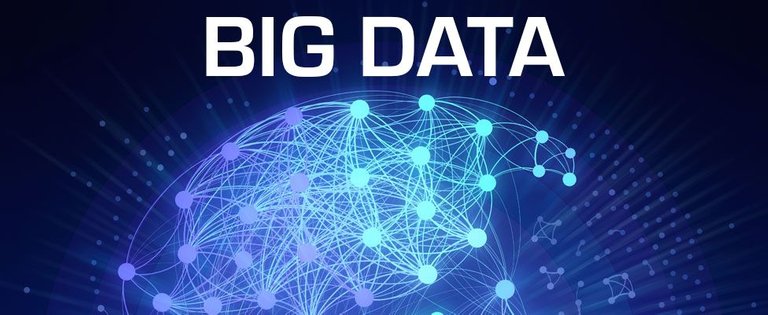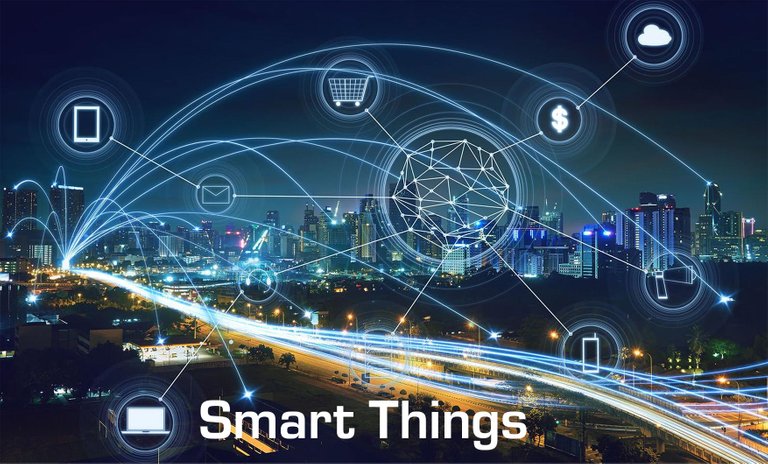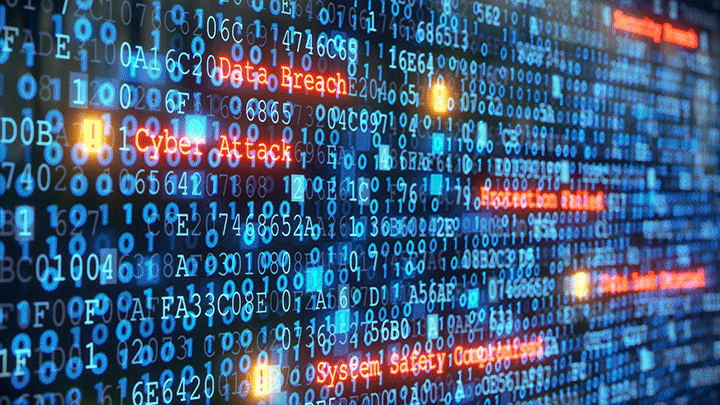
Technology is bringing profound changes to just about every aspect of our modern lives. Today’s connected world means users are consuming data almost around the clock. Technology continues to drive the dynamics of our industry and the flow of information is not limited to the distribution capacity of human networks.
DATA IS EVERYWHERE, WE CAN SEE THAT NOW.
Today, we have more information than ever. The volume of data produced worldwide grows exponentially. Organizations collect data from a variety of sources, from social media to the smart things of connected devices to the digital footprint of every financial transactions, we are creating an unprecedented amount of data. This is happening so rapidly that the amount of data which exists is doubling every two years.

The sheer value of this data (and this growth) is what we call Big Data. The amount of data that’s being created and stored on a global level is almost inconceivable, and it just keeps growing. Big data reflects the changing world we live in. The more things change, the more the changes are captured and recorded as data. This makes it very crucial to have the skills and infrastructure to handle it intelligently.
Big Data is a term that describes complex and large volume of data that engulfs businesses and consumer-focused companies are facing in daily basis. Generally speaking, the main goal of Big Data is finding patterns within structured, unstructured and semi-structured data flow in order to simplify the data. Establish the working templates for further analysis or uncover anomalies like detecting fraud.
WHY BIG DATA IS IMPORTANT TO THE BUSINESSES AND INSTITUTIONS NOWADAYS?
More businesses and institutions are starting to use big data to help avoid a data breach, and it plays an important role in current security operations. Data can take from any source and analyse the determining root causes of failures, issues and defects in near-real time, recalculating entire risk portfolios in minutes and detecting fraudulent behavior before it affects your organization.

Today you can connect with phones, electronics, cars, watches, gadgets and many other “smart things”, and therefore connected objects. Data from these devices can help us to make better decisions about our lives. Collectively this trend is known as “Internet of Things”, because it isn’t just an internet of computers and phones any more! By combining these connected devices with automated systems, it is possible to gather information, analyse it and create an action to help someone with a particular task, or learn from a process. Each device collects data for a specific purpose that may be useful and scope of the data generates an opportunity for much more responsive interactions with devices. Intel forecasts that by 2020 there will be 200 billion devices connected to the internet.
INTERNET OF THINGS COULD BE THE NEXT BIG REVOLUTION INSTIGATING RADICAL CHANGES AND CREATING NEW PARADIGM.
Connection between human and computers through digitally connected things. Data is the backbone of the system and these data may be in the form of simple numbers from a pressure sensor to very complex data from multiple streams. Millions of devices interconnected with each other and humongous amount data being circulated among the networks.
The IoT was initially most interesting to business and institutions, the benefits of the IoT for business depends on the particular implementation, but the key is that businesses and institutions would have access to more data and a greater ability to make changes to their own products and their own internal systems. The IoT promises to make our homes, offices, vehicles and our environment more measurable and smarter.
That means the IoT and Big Data is a significant driver to increase the volume of data that will hit the data storage framework. Organizations have begun to move towards the Platform-as-a-Service model, a cloud-based solution, as opposed to maintaining their own storage infrastructure.
And here comes the threat!
CYBER SECURITY

With the growing trend in web-based, mobile-based and cloud-based applications, confidential and private data is accessible from various platforms. Big Data can turn out to be both a threat as well as an opportunity when it comes to security threats. Security is one of the biggest issues with the IoT. Many smart devices lack the capability to be patched, which means they are permanently at risk. When it comes to Big Data applications though, this threat increases many folds, as there are many different devices, systems and platforms to access the underlying data. Hackers are now actively targeting IoT devices such as routers and webcams because their inherent lack of security makes them easy to compromise.
Big data will change business, and business will change society. We can’t foresee the future but technology will continue to surprise us.
Having more data allows us to do new things that weren’t possible before. Of course, there are still limits on what we can obtain from or do with data. We need regulators who understand the rules that govern big data in technology. Big data businesses are crying out for regulations that are new, better, and, of course, different.
The big-data world is still very new, and, as a society, we’re not very good at handling all the data that we can collect now. What is certain is that more will not be more: It will be different.
Cool @Orlendgreat
Thanks.